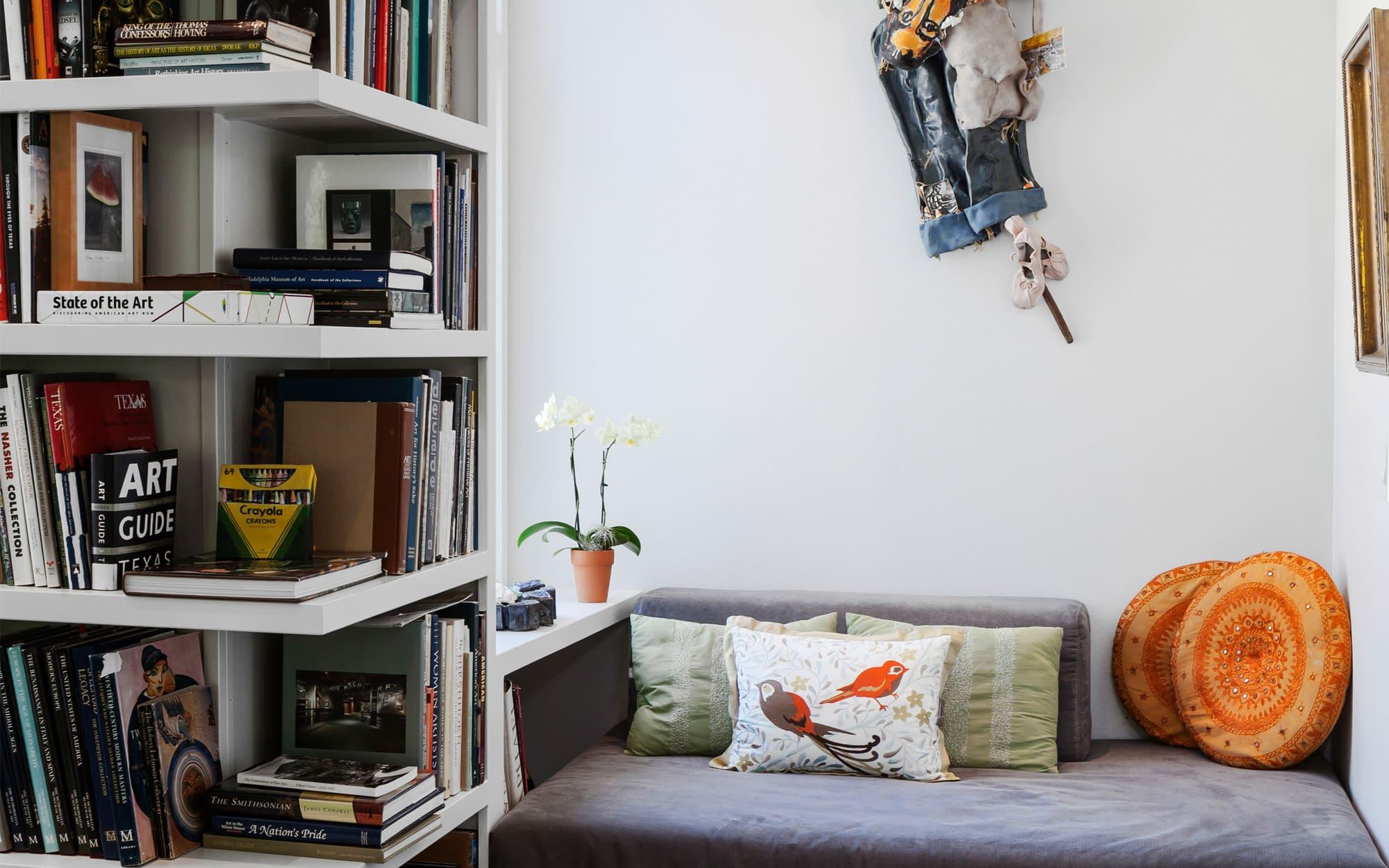Maximizing Value: Smart Architectural Choices for Long-Term Property Investment
The foundation of any successful long-term property investment lies not just in location or market timing, but profoundly in the architectural choices made at the outset. Smart design transcends mere aesthetics, embedding durability, adaptability, and efficiency into a structure. These elements are critical for sustaining property value and appeal over decades, safeguarding an investor's capital against obsolescence and high operational costs. A well-conceived building stands as a testament to foresight, significantly enhancing its market longevity.
In today's dynamic real estate landscape, investors face an array of challenges, from evolving consumer preferences to stringent environmental regulations. Architectural decisions, therefore, must be strategic, looking beyond immediate returns to anticipate future demands. This proactive approach ensures that a property remains competitive and desirable, capable of generating consistent income streams and appreciating in value, rather than becoming a liability requiring constant, expensive upgrades.
The concept of "smart architecture" extends beyond innovative materials or futuristic aesthetics. It encompasses a holistic design philosophy that prioritizes functionality, sustainability, and flexibility. Buildings designed with these principles in mind are inherently more resilient, offering lower maintenance burdens and greater potential for repurposing. This foresight is what distinguishes truly valuable assets from those that merely meet current market standards, promising enduring returns.
Neglecting architectural quality in pursuit of lower upfront costs is a common pitfall that often leads to significant long-term expenses. Poor design choices can result in inefficient energy consumption, rapid material degradation, and layouts that quickly become outdated. Such issues not only diminish a property's market value but also deter potential tenants or buyers, making it harder to achieve optimal occupancy and rental yields and eroding profitability over time.
Investing in superior architectural planning is, therefore, an investment in the longevity and profitability of an asset. It reflects a commitment to quality that resonates with discerning investors and occupants alike. By focusing on thoughtful design, investors can create properties that are not only beautiful but also robust, efficient, and adaptable, ensuring a strong return on investment for years to come. This strategic perspective is key to sustained success.
Applications and Considerations
- Residential Developments: Focus on adaptable layouts and energy efficiency. Pros: Higher resale value, lower utility costs for residents, strong tenant appeal. Cons: Initial design and construction might be more expensive, requiring careful budget planning.
- Commercial & Office Spaces: Prioritize flexible floor plans and integrated smart technology. Pros: Attracts premium tenants, supports diverse business needs, enhances operational efficiency. Cons: Requires ongoing tech updates, complex initial integration and maintenance.
- Hospitality & Retail: Emphasize unique visitor experiences and durable, low-maintenance materials. Pros: Strong brand identity, reduced renovation cycles, higher customer satisfaction. Cons: Niche design can limit future repurposing options, demanding market insight.
Expert Perspectives and Debates
Experts widely agree that sustainable design principles are no longer a niche concern but a fundamental requirement for long-term property investment. Incorporating elements like passive solar design, high-performance insulation, and renewable energy systems significantly reduces operational expenses and boosts marketability. This strategic integration of green technologies is increasingly demanded by environmentally conscious tenants and regulatory bodies, directly impacting property valuations and investment attractiveness.
However, there's an ongoing debate regarding the optimal balance between cutting-edge innovation and proven, cost-effective solutions. Some architects argue for bold, experimental designs that push boundaries, believing these will set properties apart. Others advocate for more conservative, timeless aesthetics and robust, easily maintainable systems, arguing that radical designs can quickly become dated or suffer from unforeseen maintenance issues, thus diminishing long-term value.
Another critical aspect is the architectural integration of technology, particularly smart building systems. While these offer immense benefits in terms of energy management and occupant comfort, their rapid evolution presents a challenge. Investors must consider not just the initial installation but also the scalability and future compatibility of these systems. Choosing open-source platforms and modular designs can mitigate the risk of technological obsolescence, ensuring the property remains intelligent and responsive over time.
Furthermore, the concept of "adaptive reuse" is gaining traction, influencing initial architectural decisions. Designing structures that can be easily reconfigured or repurposed for different uses – from residential to commercial, or vice versa – offers unparalleled flexibility. This foresight minimizes future demolition and reconstruction costs, significantly extending the property's economic lifespan and allowing investors to pivot in response to changing market demands, a crucial advantage in volatile markets.
The consensus among leading real estate strategists is that while initial architectural investment might be higher, the long-term benefits in terms of reduced operating costs, enhanced tenant appeal, and increased property value far outweigh these upfront expenditures. ProgressMindsStudio consistently advises clients to view architectural planning as a value-add, not merely an expense, aligning design with strategic financial objectives for enduring success.
Final Observations and Recommendations
Ultimately, intelligent architectural choices are the cornerstone of successful long-term property investment. They dictate a property's resilience, efficiency, and market relevance for decades. By prioritizing thoughtful design, sustainability, and adaptability, investors can significantly enhance asset value and secure a competitive edge in a constantly evolving market.
The decision to invest in superior architecture is a strategic imperative that yields dividends far beyond initial construction. It ensures that a property not only meets current demands but is also prepared for future challenges and opportunities, delivering consistent returns and appreciating in value over its entire lifecycle. For further insights into optimizing your property investments through intelligent design, consider consulting with experts like ProgressMindsStudio.


0 Comments:
Leave A Reply